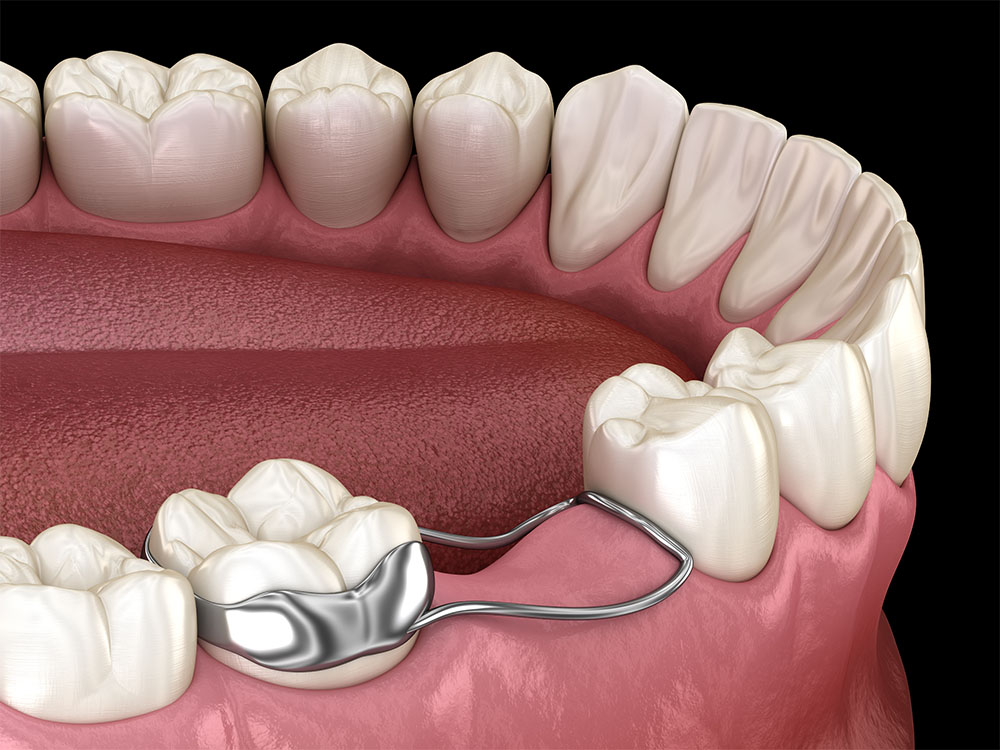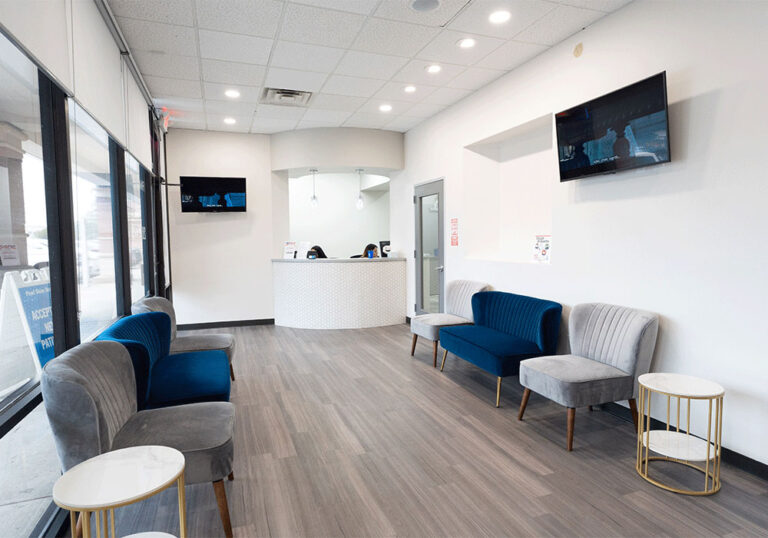Space Maintainers
Space maintainers help hold the location for adult teeth if a primary tooth is lost early.
Space Maintainers in Houston, TX
When baby teeth fall out prematurely, problems can arise if not properly maintained. In these cases, we will place a device called a space maintainer in your child’s mouth to ensure their adult teeth will grow properly. Space maintainers help “hold space” for permanent teeth. This prevents adult teeth from growing into an empty space instead of where they should be in the mouth, causing overcrowding and other dental problems as primary teeth fall out and adult teeth replace them.
Sometimes, kids lose their baby teeth early due to trauma, congenital issues, accidents, or decay. There are different types of space maintainers, so your child’s orthodontist will recommend a space maintainer depending on your child’s situation.
At Pearl Shine Dental, we can provide pediatric space maintainers for your child to ensure their permanent teeth grow correctly.

-
What are the different types of space maintainers?
There are two categories of pediatric space maintainers, and each category has different types of maintainers. The first category is Fixed Space Maintainers. A fixed space maintainer is a semi-permanent tooth fixture that keeps enough space open for the adult teeth to grow. Once the adult teeth come in, the maintainer is removed.
The four different types of fixed space maintainers include crown and loop, distal shoe, lingual, and unilateral. The crown and loop maintainers include a crown placed over one tooth and a stainless steel wire loop. This loop presses against the tooth on the opposite side of the gap to keep the gap open. Once the new tooth grows in, the maintainer can be removed.
The distal shoe maintainer is only used for permanent first molars that have not grown yet. These maintainers require a lot more care and attention from your child’s dentist. They are usually inserted into the gum line after a baby molar has left prematurely. The device guides the adult molar as it grows.
Lingual maintainers use wire and crowns to maintain spacing across several tooth gaps. These maintainers are most often used for children with congenital issues.
Unilateral maintainers use a wire to maintain space between two teeth, like the crown and loop treatment. The difference is that unilateral maintainers use a wire wrapped around the teeth on either side of the gap.
The second category of maintainers is removable space maintainers. These maintainers are a good option if your child’s tooth is almost ready to grow. These devices are usually made of acrylic material and can be fitted with a fake tooth. The removable maintainers make it easier for your child to keep good oral hygiene habits. The downside to these maintainers is that they are not as effective at maintaining space as fixed devices.
-
How long do space maintainers last?
Space maintainers last until the permanent teeth come in–they act as a replacement holder for teeth that are lost early.
It is important for space maintainers that regular brushing and dental check-ups take place.
-
Are space maintainers painful?
There is no pain or discomfort associated with space maintainers. If you experience pain, this could be an indicator that something is wrong, and you will want to schedule an appointment with your dental office.
-
Do space maintainers need to be removed?
Yes, a dental space maintainer should be removed when the permanent tooth is ready to come into place. Your dentist will know when the time is right to remove the space maintainer.
More Questions?
If you have more questions about space-maintaining appliances, please contact our office to discuss further.

